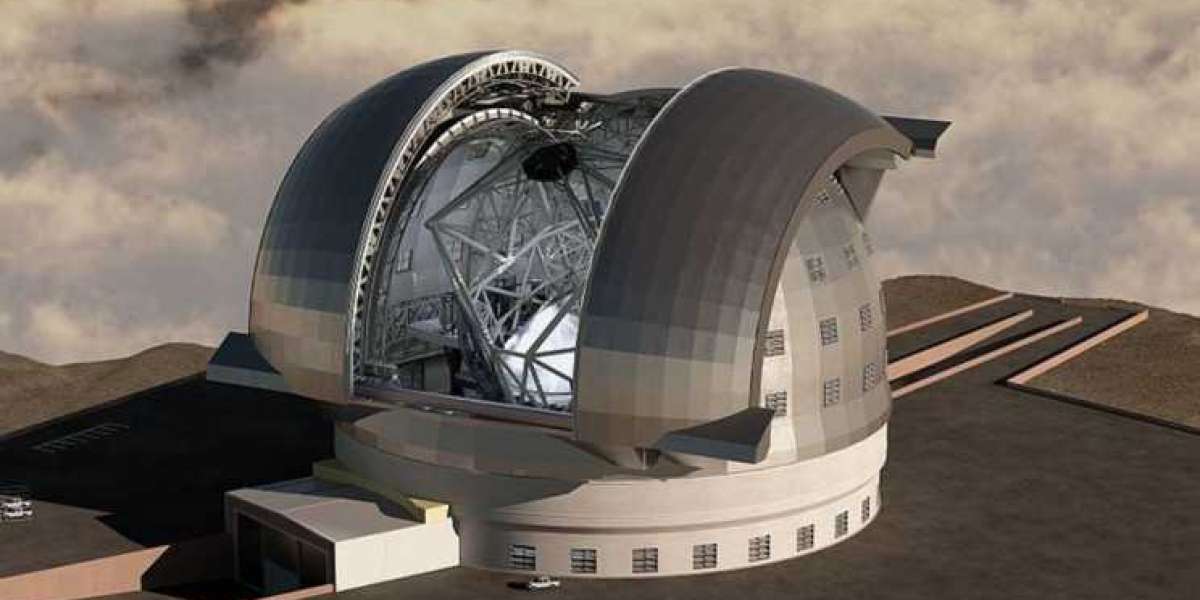Expected to be the world's largest telescope, the Extremely Large Telescope is currently under construction in a high, dry region on top of Cerro Armazones in the Atacama Desert of northern Chile. With a mirror that spans 130 feet (39.3 m), the much-anticipated telescope will be able to explore the dark reaches of the cosmos and help clock the acceleration of the universe’s expansion.
“We always talk about telescopes in terms of the size of their main mirror, and ours is 39 meters, which makes it five times, in diameter, bigger than the present biggest telescopes that we run,” ELT instrument manager Suzanne Ramsay told Motherboard by Vice.
The dimensions of the telescope are breathtaking: When compared, it's as big as the Coliseum in Rome, Italy, noted Michele Cirasuolo, the ELT program scientist while likening the project to building a huge cathedral but “that huge cathedral has to move, and maintain the quality of optics to nanometer accuracy.”
The reflecting telescope's construction began in 2014, with its design including a 130-foot (39.3-meter) primary mirror and a 14 ft (4.2 m) diameter secondary mirror. The observatory will be supported by adaptive optics, eight laser guide star units, and multiple scientific instruments.
When complete, the observatory will gather 100 million times more light than the human eye and be able to correct atmospheric distortion. And according to the ELT's specifications, it would provide 16 times sharper images compared to those from Hubble.
Thanks to the strenuous work of an international team of scientists and engineers at the European Southern Observatory, the construction will be completed around 2027 and the ELT will open "The World's Biggest Eye On The Sky" to address the most complex questions about our universe.







